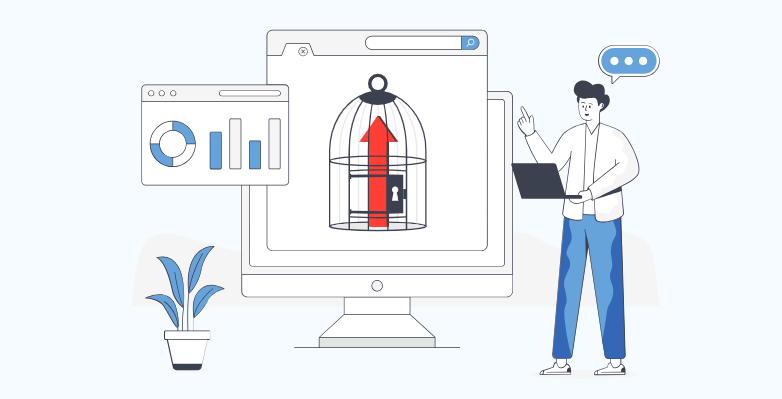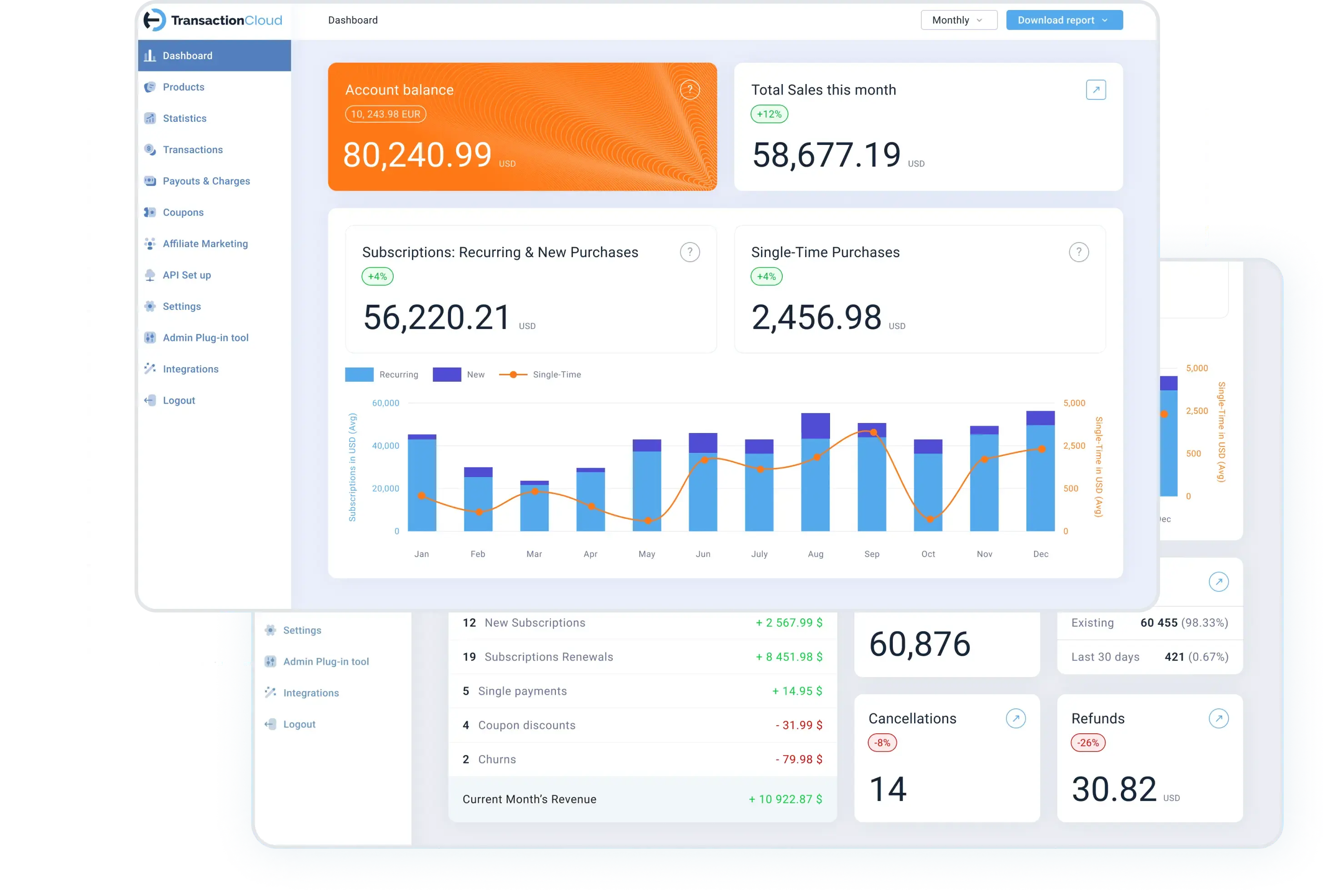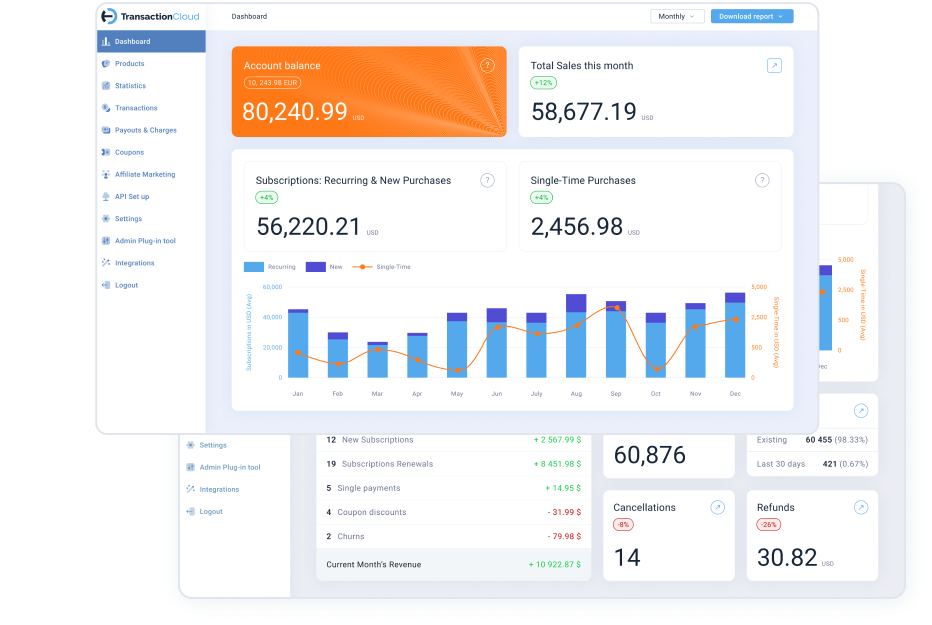Understanding Stagflation's Impact on SaaS
Stagflation poses a dual threat to SaaS companies. On one hand, the stagnant growth stifles customer acquisition, making it harder for businesses to expand their user base. On the other hand, rising inflation erodes purchasing power, which can lead to customer churn or downgrades in service plans. It's crucial for SaaS providers to recognize these challenges and respond with agility and innovation in their pricing strategies.
Value-Based Pricing
In a stagflationary environment, customers are likely to scrutinize their expenses more closely. This makes it imperative for SaaS companies to clearly articulate and demonstrate the value their services provide. Adopting a value-based pricing model allows SaaS providers to align their offerings with the specific needs and expectations of their target audience.
By understanding the unique pain points and goals of their customers, SaaS companies can tier their services and price points accordingly. This not only ensures that clients are getting the most value for their investment, but it also helps in building long-term relationships based on trust and mutual success.
Usage-Based Pricing
Usage-based pricing is an adaptable approach that allows customers to pay for the services they actually use. This can be particularly effective in a stagflationary environment, where businesses are looking for cost-effective solutions that align with their operational needs.
SaaS companies can structure their pricing models to offer different tiers of usage, providing flexibility to their clients. This way, customers can scale their usage up or down according to their current requirements, optimizing costs while maintaining access to essential services.
Freemium Models
In times of economic uncertainty, businesses may be more hesitant to commit to long-term contracts or significant upfront costs. Adopting a freemium model can be an effective strategy for SaaS providers. By offering a basic version of their product for free, companies can entice potential clients to try out their services without a significant financial commitment.
The freemium model can serve as a gateway, allowing businesses to showcase the value and capabilities of their product, with the potential for upselling to premium features or higher-tier plans as their clients' needs grow.
Agile Pricing Reviews
In a stagflationary environment, economic conditions can change rapidly. SaaS companies need to stay attuned to market shifts and be willing to adjust their pricing strategies accordingly. Regularly reviewing pricing models and being flexible in response to changing circumstances allows companies to remain competitive and responsive to their customers' evolving needs.
Stagflation presents a unique set of challenges for SaaS companies, but it also offers opportunities for innovation and growth. By adopting dynamic pricing approaches, such as value-based pricing, usage-based pricing, freemium models, and agile pricing reviews, SaaS providers can not only weather the storm of stagflation but also emerge stronger and more resilient in the face of economic uncertainty.
Incorporating these strategies allows SaaS companies to demonstrate their commitment to providing value, flexibility, and cost-effectiveness, ultimately solidifying their position as indispensable partners in their clients' success stories. By navigating stagflation with creativity and adaptability, SaaS providers can emerge as industry leaders in the ever-evolving landscape of the software industry.


